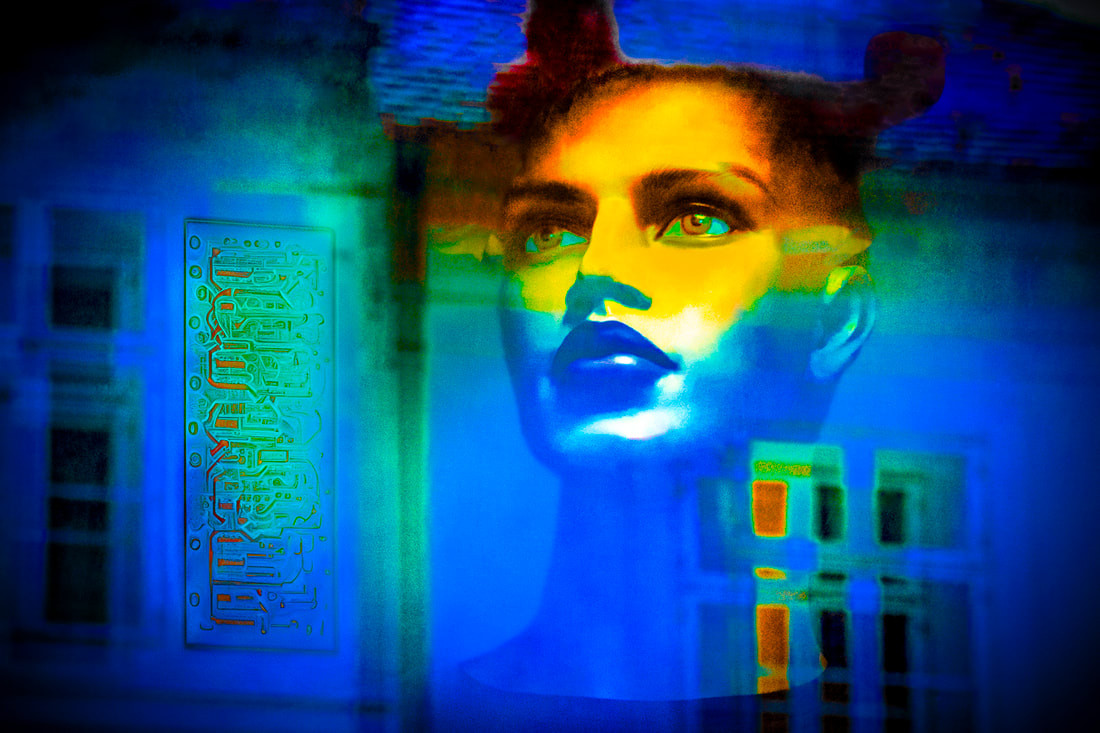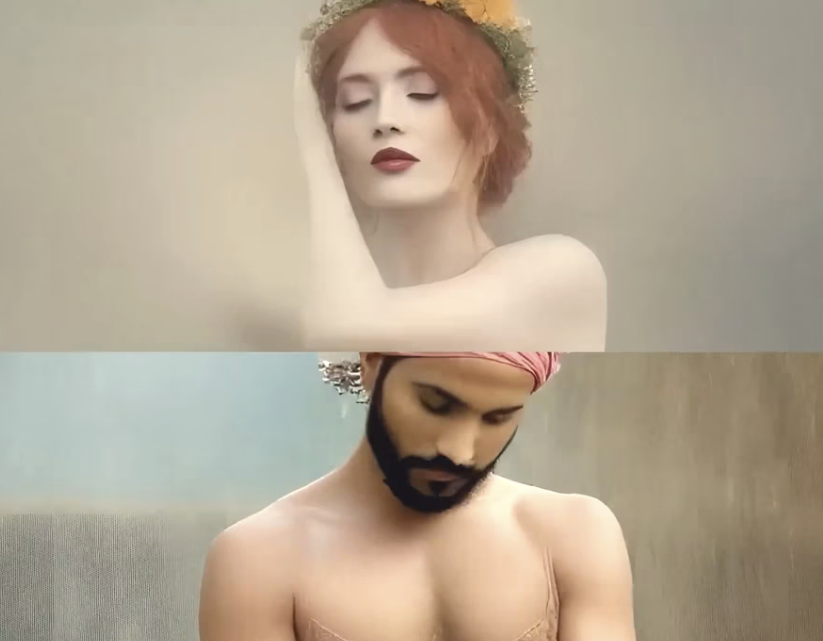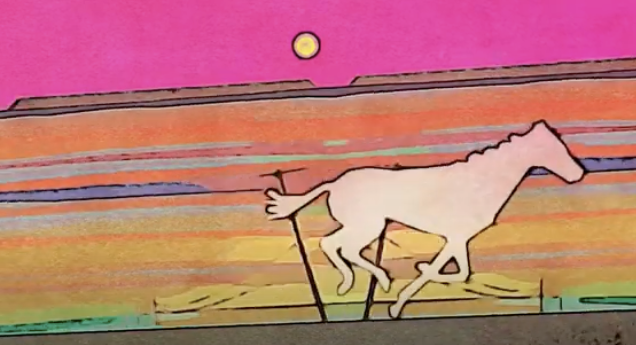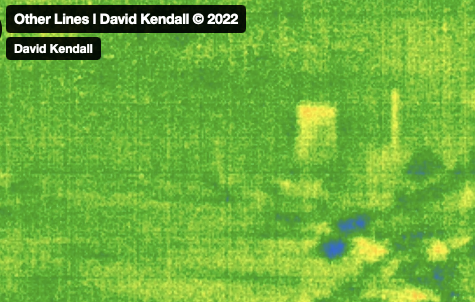Conversations with My Deepfake Dad
S. Sweeney, Associate Professor and Chair, Department of Art, Skidmore College, U.S.A
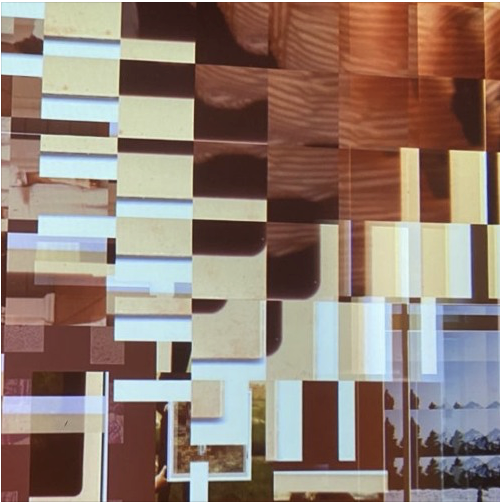
New technologies sometimes feel distant and physically separate from us. In Conversations with My Deepfake Dad, AI becomes a radically intimate part of my life, a prosthetic father. I listen to it, argue with it, and look to it for comfort. Because this piece is so personal, it allows listeners to imagine what their own relationship with AI might be like, and prompts us to think about the political and social implications of AI. This project uses AI to frame questions about consent and ownership in the creation of digital bodies: who gets to control our identities in the digital afterlife?
My father died when he was forty-four and I was seventeen. When I turned forty-four I wanted to talk to him again. I contacted Resemble AI, a company that creates clones of voices using machine learning, and we worked together to create an AI model of my father’s voice. This project is a series of six conversations created through my interactions with the audio deepfake of my father. His responses are based on different sources of information–producing a kaleidoscope of different dads.
Through our conversations I struggle with the question–how do you reconstruct someone who is no longer here?
Sarah Sweeney received her BA in Studio Art from Williams College and an MFA in Digital Media from Columbia University School of the Arts and is currently Associate Professor of Art at Skidmore College. Her digital and interactive work interrogates the relationship between photographic memory objects and physical memories, and is informed by both the study of memory science and the history of documentary technologies. She explores the space between information that is stored corporeally in our memory and the information that is captured and stored in memory objects created by documentary technologies including camera phones, stereoscopic cameras, and home video cameras. She is the creator of The Forgetting Machine, an iPhone app commissioned by the new media organization Rhizome. Her work has appeared nationally and internationally in exhibitions at locations including the Orange County Center for Contemporary Art, the Los Angeles Center for Digital Art, the New Jersey State Museum, the Black and White Gallery, and the UCR/California Photography Museum.
